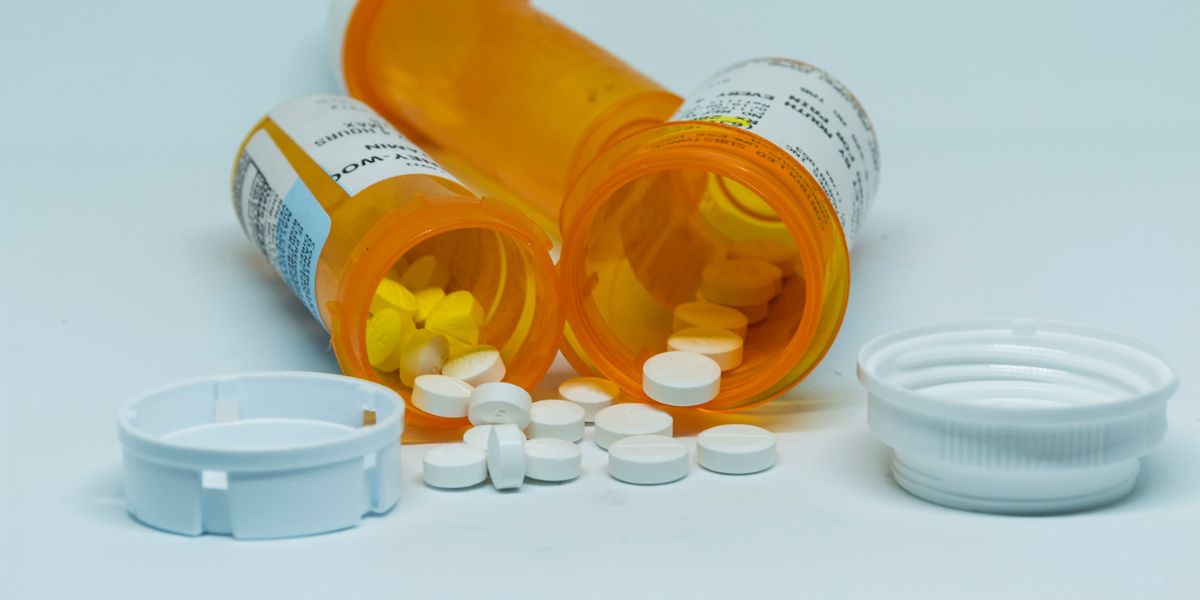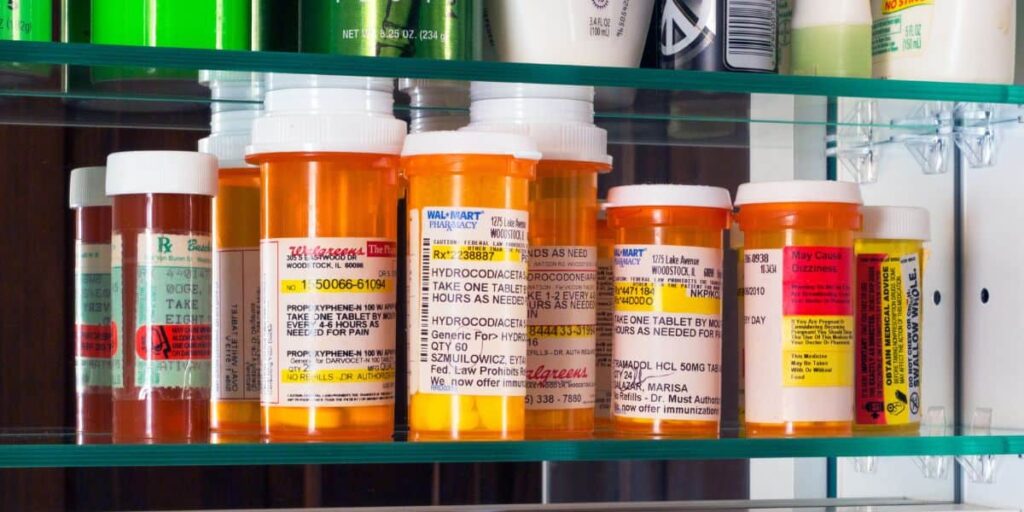The Differences of Hydrocodone and Oxycodone


Doctors frequently recommend hydrocodone and oxycodone to treat moderate to severe pain resulting from surgical procedures, injuries, or long-term diseases. They work by binding to opioid receptors in the brain, thereby blocking pain signals.
These medications are available in various types and potencies to cater to unique situations and needs. They are categorized as Schedule II substances due to their significant risk of abuse and addiction. Understanding their proper use, dosage, and possible negative impacts can result in safe and efficient opioid medication treatment.
Hydrocodone vs Oxycodone
Hydrocodone and oxycodone are pharmaceutical drugs prescribed by physicians. They are used to treat moderate to severe pain and provide relief from chronic pain due to surgeries or injuries.
Opioid medications are used to treat different types of pain related to conditions such as chronic coughs, pancreatitis, and cancer. Both have demonstrated effectiveness in enhancing the quality of life for people experiencing chronic pain issues.
Both can be used independently. They are frequently paired with another short-term pain relief medication such as:
- Acetaminophen
- Aspirin
- Ibuprofen
Both drugs help manage pain by attaching to the brain’s opioid receptors, stopping pain signals from reaching the brain.
The differences between hydrocodone and oxycodone are minimal, with minor differences in side effects and the spectrum of accessible dosages and compositions.
What Are Oxycodone and Hydrocodone?
Oxycodone and hydrocodone are both pain-relieving medications that the Food and Drug Administration (FDA) says are okay to use. They are in a group called Schedule II because they can be very addictive. Also, they slow down your body’s heart and breathing rates because they are types of opioids.

Hydrocodone Dosages and Forms
Hydrocodone comes in different oral forms, including pills, capsules, and liquid solutions. It is provided in both immediate and extended-release variants, with dosage options varying from 2.5 MG to 10 MG.
Immediate-release hydrocodone is combined with either acetaminophen or ibuprofen. Hydrocodone without any additives is solely available in extended-release forms.
Hydrocodone is used to treat coughs and is found in some cold and cough medicines with codeine, a similar pain reliever.
Many people commonly recognize hydrocodone by its brand names, Vicodin and Lortab. Both of these brands usually incorporate acetaminophen into their hydrocodone mixtures.
Oxycodone Dosages and Forms
Oxycodone comes in forms such as capsules and liquid, with doses ranging from 10 MG to 20 MG, 40 MG, or 80 MG. This medication is like hydrocodone. It comes in immediate-release and extended-release tablet forms. It can be taken with other pain medications.
The extended-release variant of pure oxycodone is sold under the brand OxyContin. Percocet, a renowned brand, combines oxycodone and acetaminophen.
Hydrocodone and Oxycodone Side Effects
Constipation is the most prevalent adverse effect of both hydrocodone and oxycodone, with research indicating it’s typically more intense with hydrocodone. However, the adverse effects of these drugs are typically similar.
The most reported side effects of hydrocodone include nausea and constipation, whereas oxycodone primarily causes constipation. However, both medications had other common side effects, including:
- Headache
- Lack of energy
- Dizziness
- Vomiting
- Dry mouth
- Itching
- Drowsiness
- Sweating
- Shallow breathing
Infrequent but more intense side effects include:
- Stomach discomfort
- Loose stools
- Hypotension
- Skin eruptions
- Nervousness
Opioid Overdose
The likelihood of overdosing increases considerably when medications such as hydrocodone and oxycodone, which are opioids, are combined with other substances.
Opioids like hydrocodone and oxycodone can make breathing slower. This can cause respiratory depression and reduce the amount of oxygen the lungs take in. Moreover, the combination of hydrocodone or oxycodone with other depressants like alcohol, additional opioids, or benzodiazepines such as Xanax can dangerously intensify this effect. This cocktail of drug interactions could result in severe respiratory depression, heightening the risk of stopping breathing.
Another factor contributing to the high overdose potential of these medications is their standard combination with acetaminophen. Taking more than 4g of acetaminophen per day, especially with other substances, can harm the liver.
Naloxone is an FDA-approved remedy to reverse an opioid overdose. If this is accessible, it can obstruct and counteract the impacts of opioids and save a life.
Signs and Symptoms of an Overdose
Signs and symptoms of overdosing on oxycodone and hydrocodone are alike and can be seen as:
- Trouble breathing
- Slow heartbeat
- Small pupils
- Cold, damp skin
- Passing out
- Low blood pressure
If you believe someone may be exhibiting overdose symptoms, it is crucial to seek medical assistance right away.

Prescription Opioid Drug Abuse
The public abuse of prescription opioids like hydrocodone and oxycodone drives the United States opioid crisis. In 2019, overdoses related to these opioids led to the loss of 50,000 lives in the country.
The US Health and Human Services Department, also known as HHS, has outlined five primary goals in addressing the opioid epidemic. The most vital among these is enhancing the accessibility of therapy and recovery services.
Studies suggest that home-based treatment plans, which provide medication-assisted treatment (MAT), behavioral strategies, and address co-occurring disorders, are highly effective in managing opioid addiction, referred to as opioid use disorder.
Opioid Addiction Treatment at White Oak Recovery Center
If you or a loved one is struggling with an opioid addiction, the first step is finding the right treatment program. Seeking help early on can greatly improve the chances of successful recovery.
At White Oak Recovery Center, we create a customized plan based on your needs and goals. We provide on-site medical detox with medical supervision and care, talk and behavioral therapies, and a dual diagnosis program to help with any underlying issues that could impact recovery.
Allow us to help you achieve the life you deserve. Reach out now to speak with a White Oak Recovery Center treatment specialist and begin your journey to a meaningful, lasting recovery.

Am I covered for addiction treatment?
Your insurance may cover treatment. Call now for an entirely free and confidential assessment. Recovery starts with a phone call.

- Moradi, Mohammad, et al., “Use of Oxycodone in Pain Management.” Anesthesiology and Pain Medicine, Apr. 2021.
- Habibi, Manuchehr, and Kim, Peggy Y., “Hydrocodone and Acetaminophen.” StatPearls: National Library of Medicine, Dec. 2022.
- Cofano, Sean, et al., “Hydrocodone.” StatPearls: National Library of Medicine, Feb. 2024.
- Sadiq, Nazia M., “Oxycodone.” StatPearls: National Library of Medicine, Feb. 2024.
- “Drug Overdose Death Rates.” National Institute on Drug Abuse, 2024.
Medical Disclaimer:







